Helix Piercing - Full Guide to Pain, Healing & Style
Upper ear piercings have become a true classic in modern body art.
They are discreet enough for everyday life yet stylish enough to make a statement. Among these, the helix piercing remains one of the most popular choices. Positioned along the cartilage rim, it combines subtle elegance with endless opportunities for customization. This article explains what it is, how it feels, how long it takes to heal, and what styles work best.
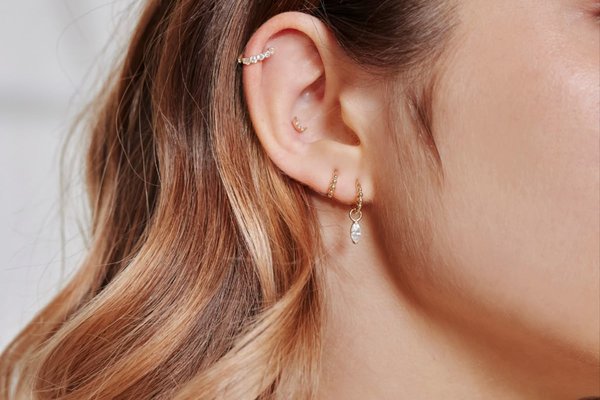
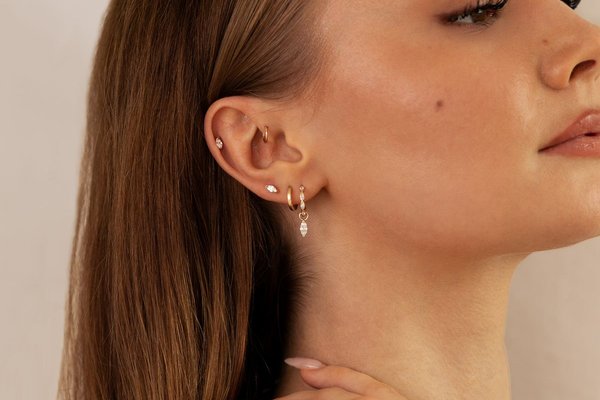
What is a Helix Piercing?
People new to body modification often ask: what is a helix piercing?
Simply put, it is a small hole made in the outer rim of the upper ear cartilage. Unlike soft tissue such as the lobe, cartilage is firmer, which changes both the sensation during the procedure and the way it heals. Because the ridge runs along the ear, the placement can be adapted - higher, lower, or in multiples - giving clients the freedom to design their own look.
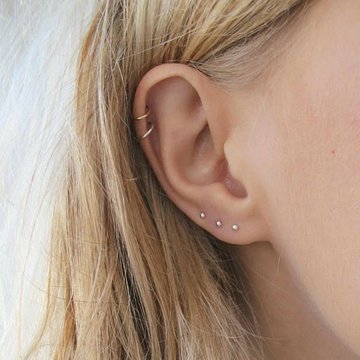
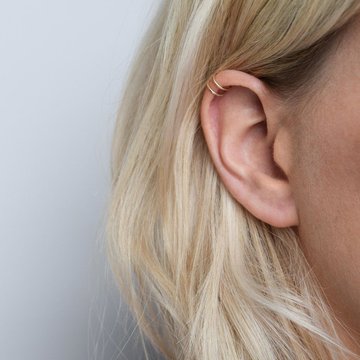
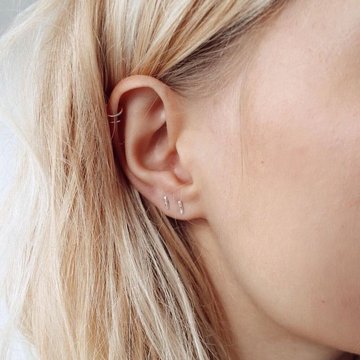
Aesthetic Appeal and Style
The upper rim is a versatile canvas.
A single stud may look delicate and minimalist, while multiple hoops create a bold modern effect. Many clients search for a cute helix piercing, often meaning dainty crystal studs, rose-gold hoops, or subtle titanium rings. This piercing works beautifully in curated ears - full ear designs where each piece complements the others.
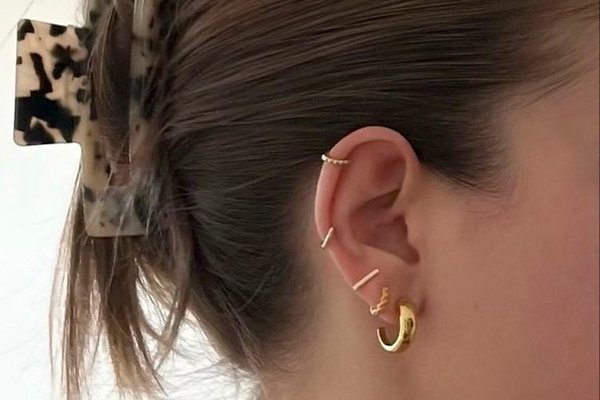
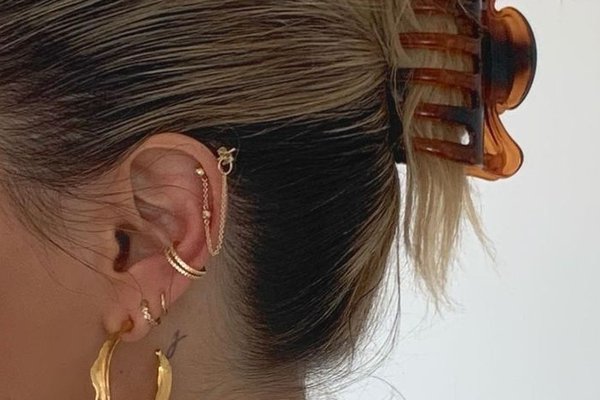
Pain and Experience
Cartilage is tougher than the lobe, so the sensation is sharper, but it is quick.
Most clients describe a brief pinch followed by warmth or pressure. When asked to rank it on a helix piercing pain scale 1-10, typical responses fall around 4–6. It is not unbearable but requires a little tolerance. Minor swelling and tenderness in the following days are normal.
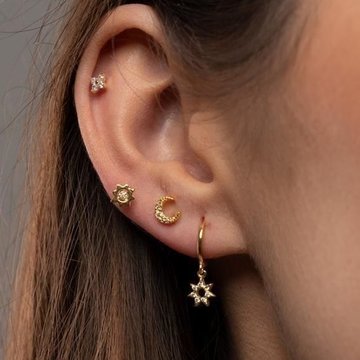
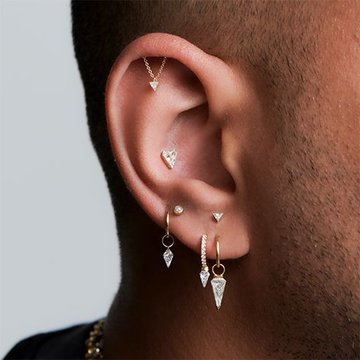
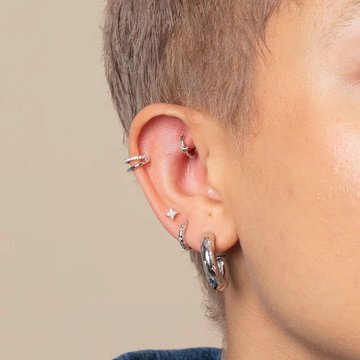
Healing Time
Patience is key.
Clients often want to know how long for helix piercing to heal. The average recovery lasts 6-9 months, with some needing up to a year. Unlike lobes, which close quickly, cartilage heals in cycles: calm weeks may alternate with irritation or bumps. Consistent care and avoiding trauma speed up the process.
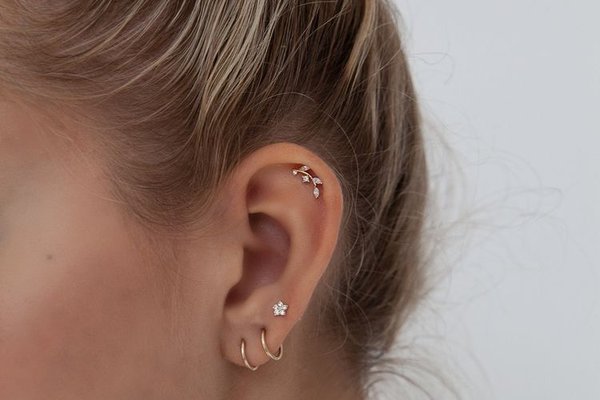
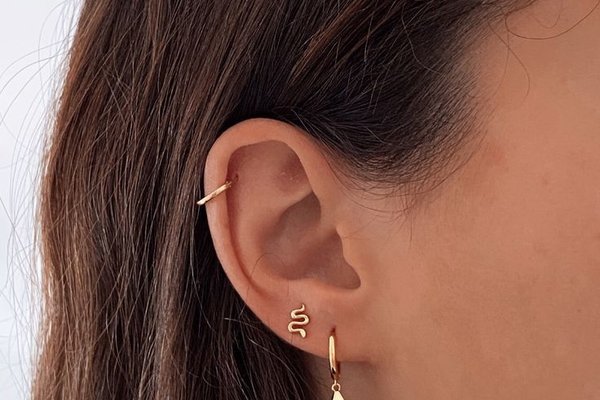
Aftercare Essentials
The success of this modification depends on proper hygiene.
The phrase helix piercing aftercare covers several key habits:
- Rinse with sterile saline twice daily.
- Avoid twisting or removing the jewelry too early.
- Sleep on the opposite side to reduce pressure.
- Keep hair, masks, and headphones away from the area.
- Schedule check-ups for jewelry downsizing once swelling subsides.
These steps reduce irritation and help the piercing stabilize more quickly.
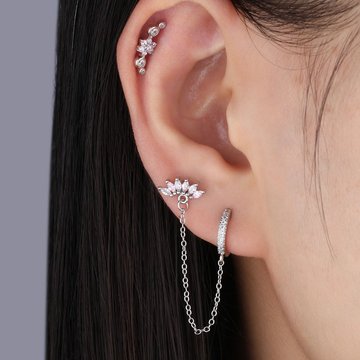
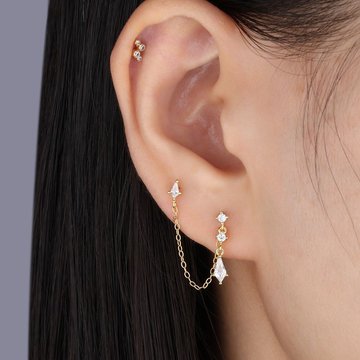
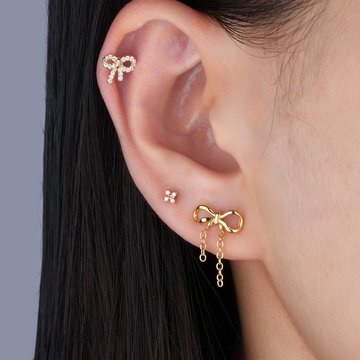
Helix Piercing
for Men and Women
This style is not limited to women.
Searches for helix piercing men show how many guys now choose this placement. Minimalist black titanium rings or plain studs give a strong, subtle look. Women often experiment with decorative stones, gold hoops, or multiple coordinated piercings. The versatility makes the helix suitable for any aesthetic.
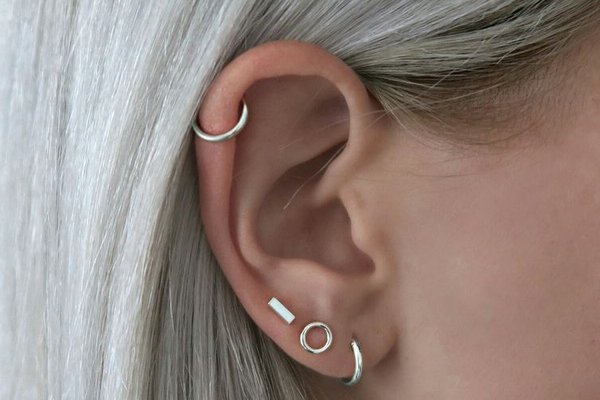
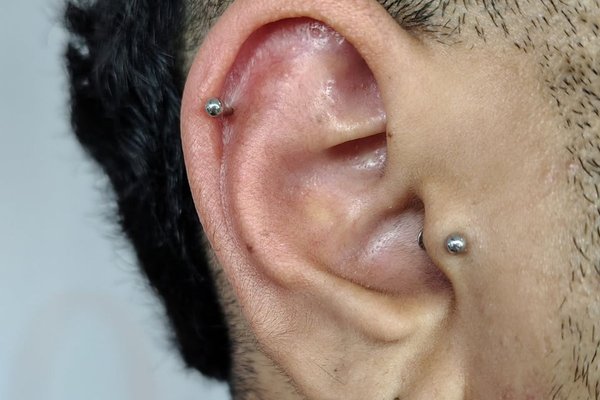
Age Requirements
One of the most common questions is: how old do you have to be to get a helix piercing?
The rules vary by country and studio, but generally, minors under 16 need parental consent. Many professional studios set 14 as the minimum age for cartilage piercings with a parent present. Reputable piercers always follow local regulations to ensure safety.
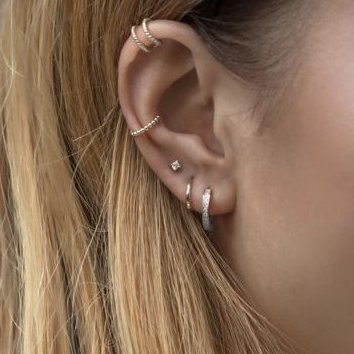
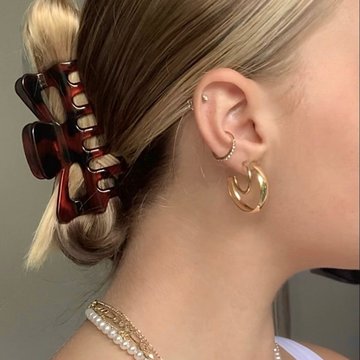
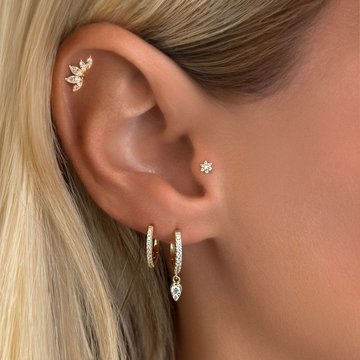
Jewelry Options and Inspiration
Jewelry defines the personality of the placement.
Some prefer clean metal studs, others embrace tiny hoops, while many combine both for layered symmetry. Popular looks include:
- Tiny diamonds or crystals for subtle sparkle.
- Seamless rings that hug the rim of the ear.
- Gold hoops for a classic finish.
- Titanium studs for durability.
- Double or triple arrangements for stronger visual impact.
The cute helix piercing trend often highlights delicate, playful designs that complement casual and formal looks alike.
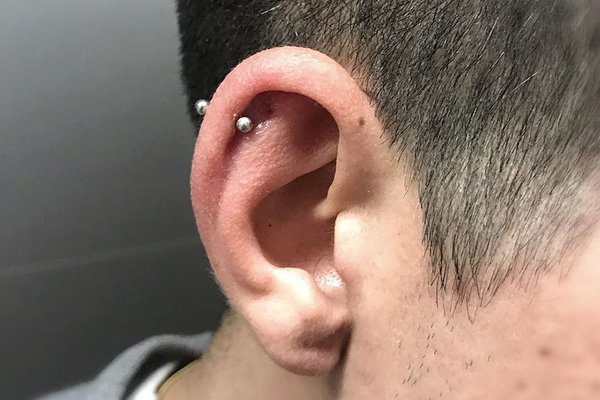
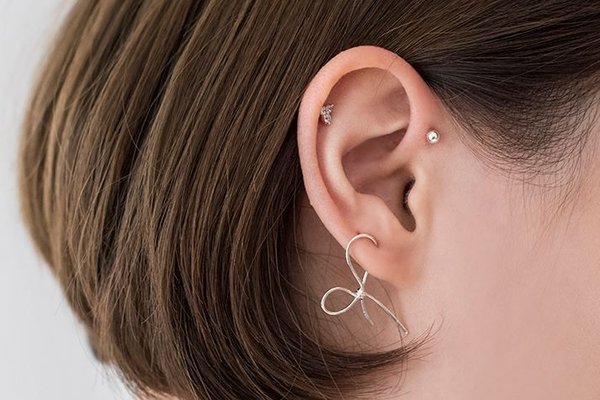
Why Choose
a Professional Studio?
Although common, this piercing still demands skill.
The angle and depth determine whether it heals well or causes issues. A professional studio ensures sterile technique, quality jewelry, and correct positioning. Piercers also provide aftercare advice and check-ups, reducing the risks of infection or scarring. Choosing experts means your helix will not only look good but also heal properly.
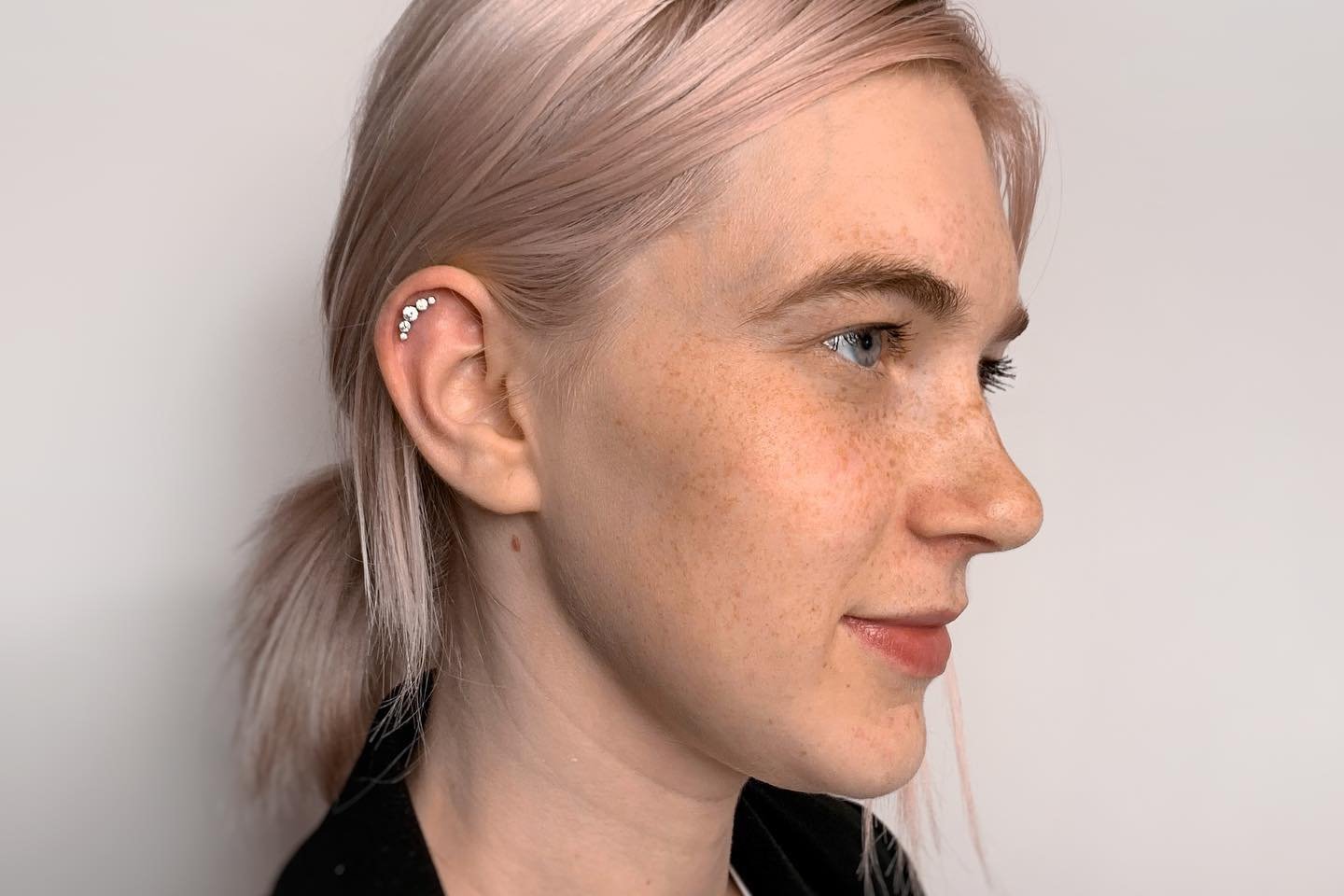
Aftercare Timeline
Healing feels easier when broken into stages:
- Week 1-2: swelling and tenderness; keep it clean and avoid pressure.
- Weeks 3-6: tissue begins to settle; avoid sleeping on the side.
- Months 2-4: irritation bumps may occur; continue care.
- Months 5-9: piercing stabilizes; jewelry downsizing possible.
After 9 months: considered healed if confirmed by a piercer.
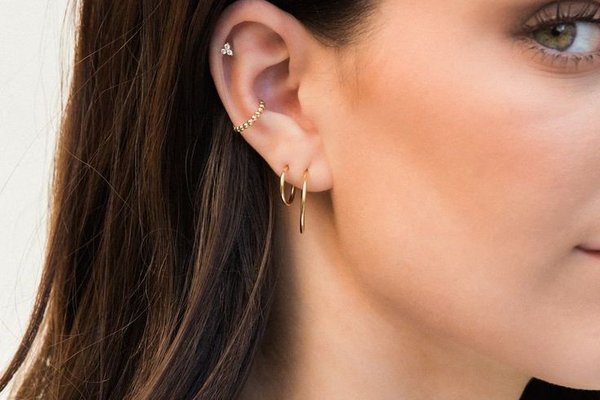

The helix piercing remains one of the most popular and versatile ear placements.
It is subtle, adaptable, and suits people of all ages and styles. Whether you want something discreet or bold, it offers endless jewelry options and styling opportunities. Book your session at VEAN TATTOO, where professional piercers provide precise placement, sterile conditions, and thorough aftercare guidance. With patience, your helix will heal into a timeless detail that enhances your personal style.
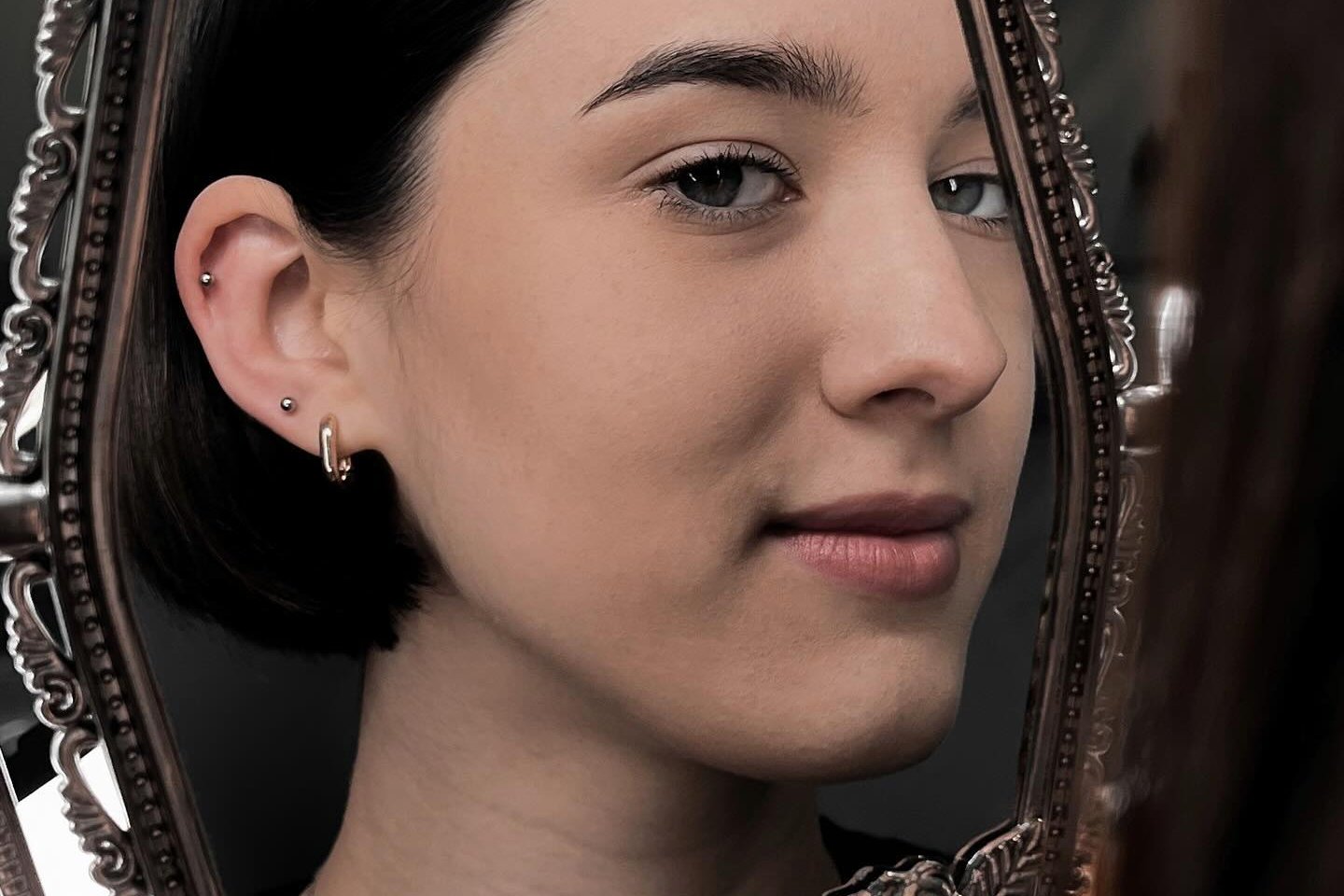


 Make a sketch in the AI VEAN TATTOO generator
Make a sketch in the AI VEAN TATTOO generator




